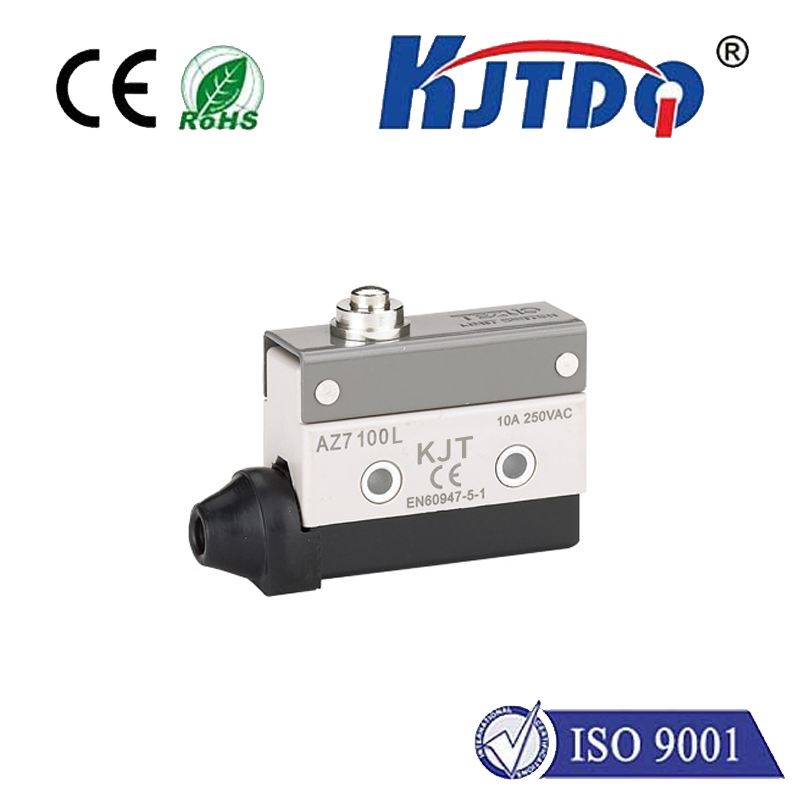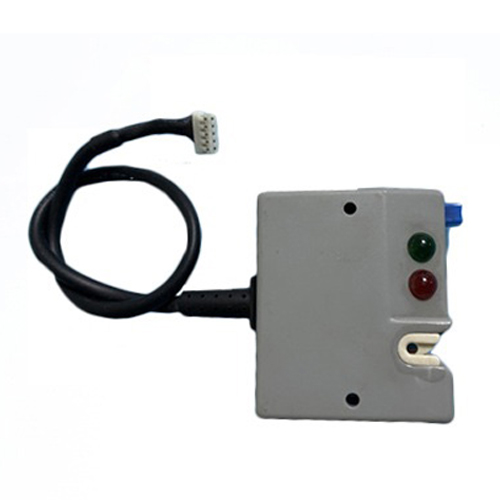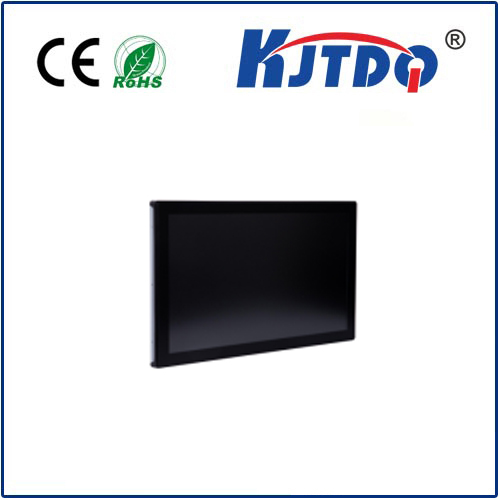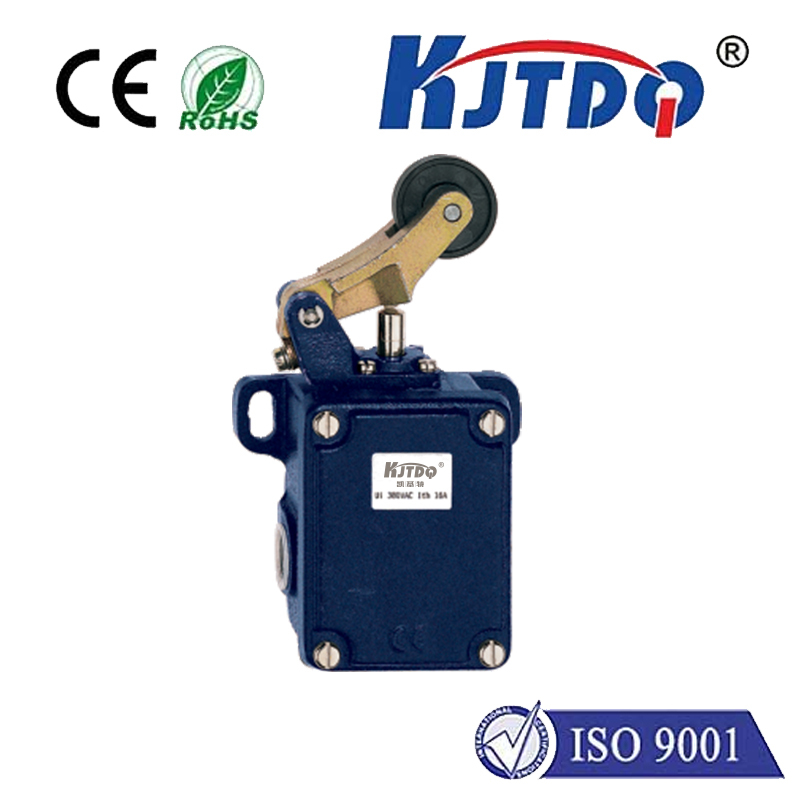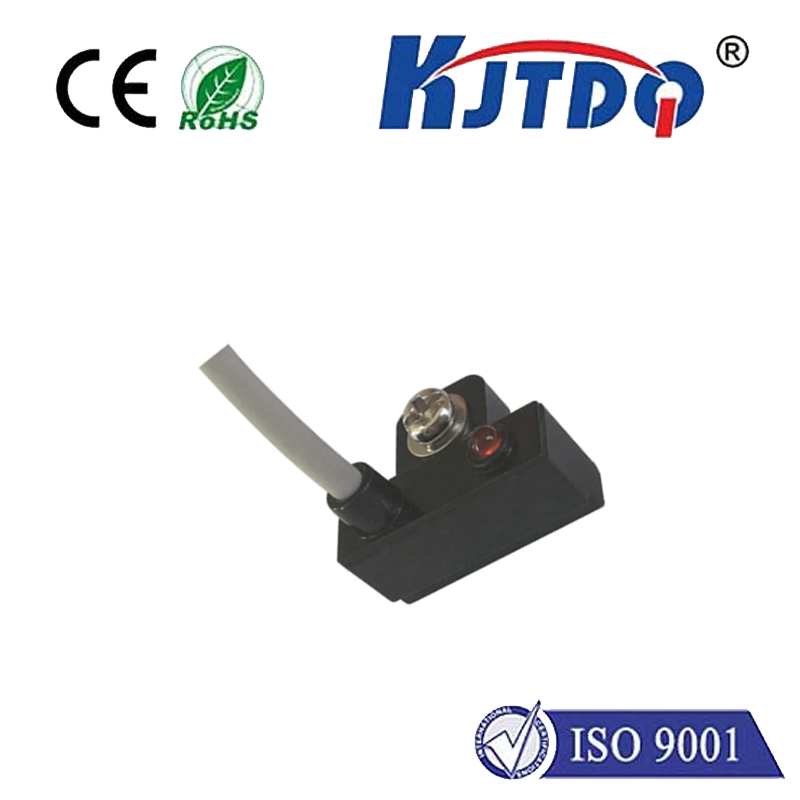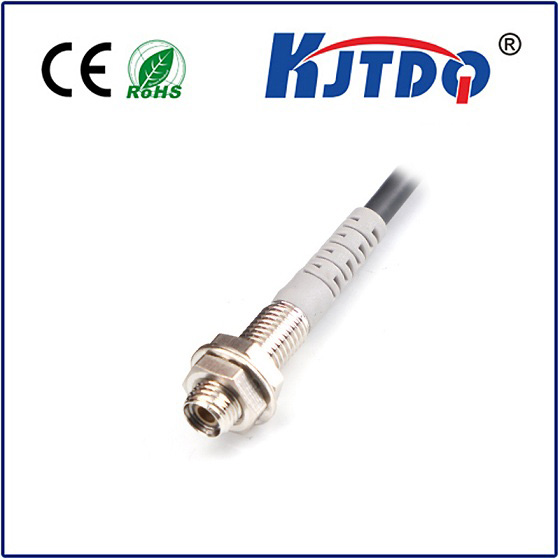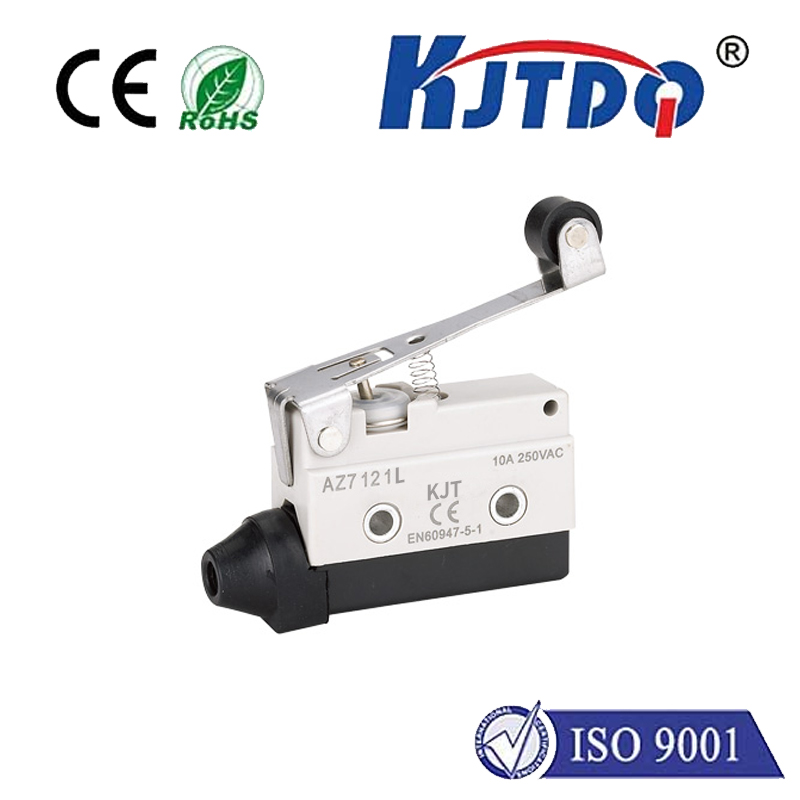

check

check

check

check
E2EH: The Future of Human-Computer Interaction in the Digital Age
In an increasingly connected world, the way we interact with technology is evolving at an unprecedented pace. The concept of E2EH—Enhanced Two-Directional Human-Computer Interaction—is at the forefront of this transformation. It represents a new paradigm in which humans and machines communicate in a more intuitive, efficient, and seamless manner. As we navigate through the digital landscape, E2EH is not just a buzzword; it is a guiding principle that shapes the future of how we engage with technology.
At its core, E2EH emphasizes two-way communication between humans and computers. Unlike traditional interfaces that are one-directional—where users input commands and the machine processes them—E2EH enables real-time feedback, adaptability, and context-aware responses. This shift is driven by advancements in artificial intelligence, machine learning, and natural language processing. As technology becomes more embedded in our daily lives, the need for interaction that is not only functional but also intuitive and responsive grows exponentially.

One of the most significant aspects of E2EH is its ability to adapt to the user’s environment and needs. Imagine a smart home that learns your habits and adjusts itself accordingly—whether it’s adjusting the temperature, lighting, or even playing music based on your mood and schedule. This level of personalization is made possible by E2EH, which allows the system to interpret and respond to user behavior in real time. The result is a more seamless and personalized experience that enhances productivity, comfort, and overall satisfaction.
Moreover, E2EH is not limited to consumer applications. It has profound implications for industries such as healthcare, education, and automotive. In healthcare, for instance, E2EH could enable doctors and patients to communicate in real time, allowing for more accurate diagnoses and treatment plans. In education, it could facilitate interactive learning experiences that adapt to the student’s pace and understanding. In the automotive industry, E2EH could lead to fully autonomous vehicles that respond to the driver’s intentions and environmental conditions in a more human-like manner.
The development of E2EH is also fueled by the increasing availability of data and the rise of AI-driven systems. With the help of big data and machine learning, systems can analyze vast amounts of information to make more informed decisions. This data-driven approach allows E2EH to become more intelligent and responsive, creating a feedback loop that continuously improves the user experience.
However, the path to E2EH is not without challenges. Privacy concerns, ethical considerations, and the need for robust security measures are all critical to the success of this technology. As E2EH becomes more integrated into our lives, it is essential that we approach it with careful thought and responsibility. The goal should not be to create more technology, but to create a technology that serves humanity in a meaningful and ethical way.
In conclusion, E2EH is a transformative force in the world of human-computer interaction. It represents a new era where technology is not just a tool, but a partner in our daily lives. As we move forward, the focus should remain on enhancing user experience, ensuring ethical use, and fostering a future where technology is seamlessly integrated into our lives. With the right approach, E2EH has the potential to redefine how we interact with the digital world, making it more intuitive, efficient, and meaningful.
